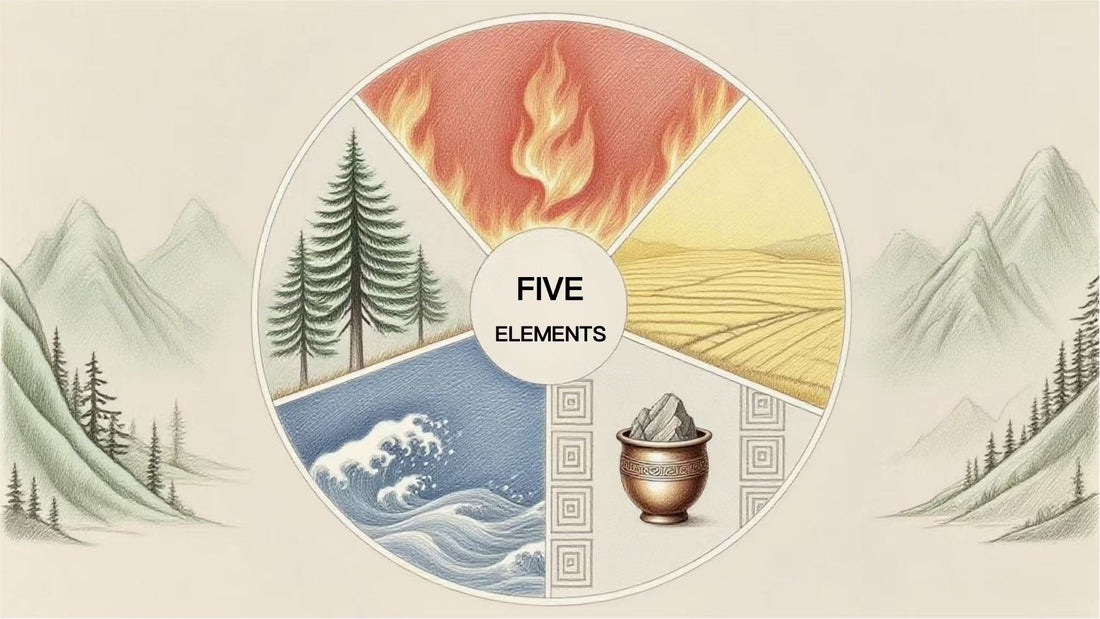
Chinese Five Elements Classification
The cycle of seasons, of growth and decline, movement and rest, is how ancient Chinese thinkers explained the world. They called it Wu Xing, or the Five Elements: Wood, Fire, Earth, Metal, and Water. These elements represent forces of change—patterns that shape nature, human emotions, and even how societies rise and fall.
If we summerize them in a minimalist way,
Wood is the sprout of dawn.
It represents the energy of starting fresh—the courage to push through the soil, adapt, and grow taller.
Fire is the blaze of passion.
It reminds us of warmth and connection—our ability to shine, to love, and to inspire others.
Earth is the harvest of ground.
It is the steady foundation—the harvest that sustains us, the ground that keeps us centered.
Metal is the edge of resolve.
It symbolizes strength with elegance—the resolve to cut away what no longer serves us.
Water is the flow of clarity.
It is both gentle and powerful—teaching us clarity, patience, and the art of flowing around obstacles.
These might remind you of the four Western elements, but the Five Elements go further by adding Wood, highlighting the energy of growth and renewal, it represents a transformative potential—gentle yet powerful, an energy that can turn decay into vitality. It has long been a vital driving force in the growth of Chinese civilization.
